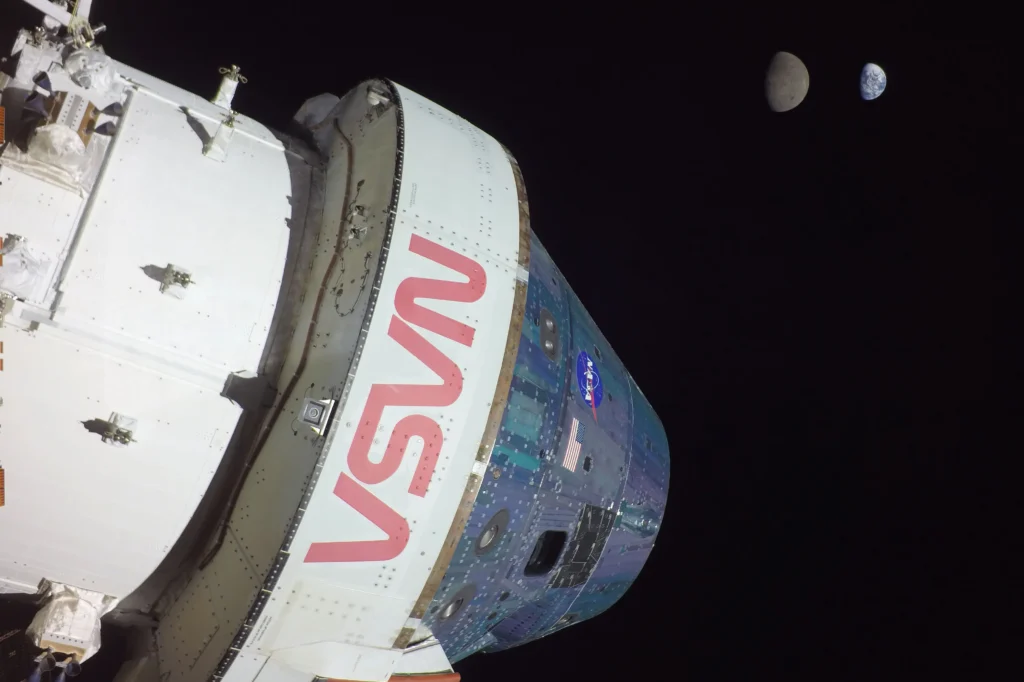Lunar exploration has been one of humanity’s most fascinating and challenging adventures. Since the historic Apollo 11 landing in 1969, the United States has led the way in lunar exploration. After decades of hiatus, NASA has returned to the Moon with the Artemis program, which seeks to establish a sustainable presence on Earth’s natural satellite and prepare for future missions to Mars. Artemis I, the United States’ final mission to the Moon, ushers in a new era of space exploration.

The Artemis Program
The Artemis program, named after the Greek goddess of the Moon and twin sister of Apollo, aims to land the first woman and next man on the Moon by 2025. This program represents an international collaboration, with partners such as the Agency European Space Agency (ESA), the Japan Aerospace Exploration Agency (JAXA) and the Canadian Space Agency (CSA). Artemis I is the first unmanned mission in the program and will lay the foundation for future manned missions.
Artemis I objectives
Artemis I has several key objectives:
Test the SLS Rocket and Orion Spacecraft: The mission will test the Space Launch System (SLS), the most powerful rocket ever built, and the Orion spacecraft in real flight conditions.
Demonstrate Orion’s Re-entry and Recovery Capability: The mission will evaluate the Orion capsule’s ability to re-enter Earth’s atmosphere at high speed and be recovered safely.
Evaluate Life Support and Safety Systems: The mission will test the life support and safety systems on Orion, ensuring that the ship is ready to transport astronauts on future missions.
Launch and Career
Artemis I was launched from the Kennedy Space Center in Florida on November 16, 2022. The SLS rocket successfully lifted off, propelling the Orion spacecraft on a trajectory toward the Moon. During its journey, Orion orbited the Moon and approached its surface before returning to Earth. This mission not only demonstrated the spacecraft’s ability to reach the Moon, but also its ability to perform complex maneuvers in deep space.
Achievements and Results

Artemis I achieved several important milestones:
Space Launch System (SLS) Validation: The SLS proved to be a reliable and powerful launch platform, capable of transporting heavy payloads to the Moon and beyond.
Orion Spacecraft Test: The Orion capsule completed its uncrewed mission, demonstrating that it is ready for future manned missions. The tests included the spacecraft’s heat shield, which protected the capsule during its re-entry into Earth’s atmosphere.
Successful Recovery: Orion was safely recovered in the Pacific Ocean, confirming that recovery procedures are effective and safe.
Future Implications
The success of Artemis I is a fundamental step towards returning humans to the Moon. The mission validated the critical systems that will be used on Artemis II, the program’s first crewed mission, which will take astronauts on a flight around the Moon. In addition, Artemis III is planned for 2025 and aims to land at the lunar south pole, where there are believed to be deposits of water ice, crucial for life and fuel production.
International Collaboration
The Artemis program is an example of international cooperation in space. ESA provided the Orion service module, which is essential for the spacecraft’s propulsion and life support. Other international partners are contributing technology and expertise, strengthening humanity’s ability to explore space in a sustainable and cooperative manner.